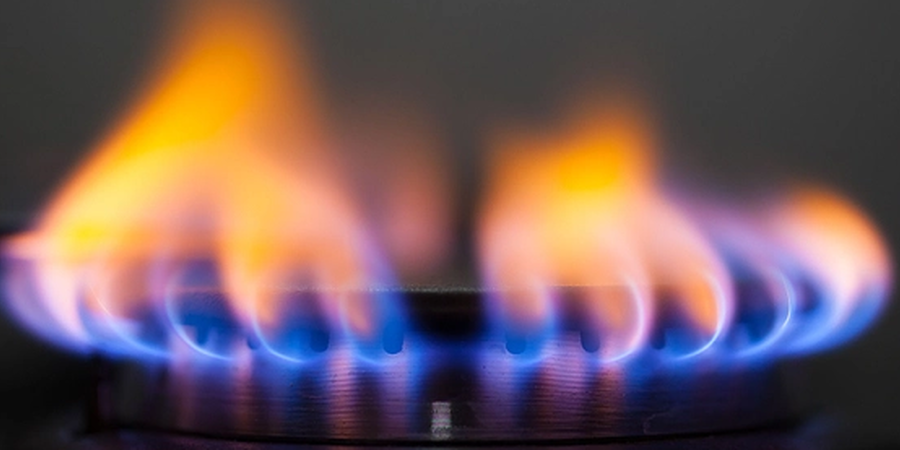If the flame on your gas stove appears abnormally or atypically orange, don't ignore it. Gas stoves are increasingly becoming antiquated sources of fire hazards in most homes. Most of these problems start minor and take on the shape of a health hazard when ignored for far too long.
Mastering Gas Stove Safety: Understanding and Addressing the Orange Flame Phenomenon
Have you noticed an unusual orange flame flickering on your gas stove? While it might seem like a minor inconvenience, it could indicate a potential safety hazard. In this comprehensive guide, we'll delve into the causes of orange flames, how to rectify the issue, and essential tips for preventing future occurrences.
The Orange Flame Mystery: Unraveling the Causes
A healthy gas stove flame should burn with a vibrant blue hue, indicating complete combustion and optimal heat output. An orange or yellow flame, on the other hand, signals incomplete combustion, often caused by several factors:
- Excess Humidity: Spilled liquids or a humid kitchen environment can disrupt the gas flow and hinder complete combustion, resulting in cooler, orange flames.
- Soot Buildup: Accumulated soot and grease in burner orifices can obstruct airflow, leading to incomplete combustion and the characteristic orange hue.
- Lack of Oxygen: All the aforementioned scenarios ultimately stem from a lack of oxygen reaching the burner. This prevents the gas from burning efficiently, resulting in a cooler, less efficient flame.
Why Ignoring an Orange Flame is a Risky Business
An orange flame is not just an aesthetic issue; it's a red flag for potential carbon monoxide (CO) poisoning. Carbon monoxide is a colorless, odorless gas produced by incomplete combustion. Prolonged exposure can lead to serious health problems, including headaches, dizziness, nausea, and even death.
Taking Action: How to Fix an Orange Flame
Before attempting any DIY repairs, it's crucial to contact a qualified gas appliance technician to assess the situation. They have the expertise and tools to safely diagnose and resolve the issue. However, there are a couple of preliminary steps you can try:
- Thoroughly Clean the Stove: Meticulously clean your gas stove, paying particular attention to burner orifices and the ignition chamber. Use a pipe cleaner brush to remove any debris or buildup. Ensure the stove is completely dry before relighting.
- Adjust Humidity Levels: If you use a humidifier, consider turning it off or reducing the humidity level in your kitchen. If your climate is naturally humid, use an exhaust fan to improve ventilation.
Important Note: If cleaning and adjusting humidity don't resolve the issue, it's likely a more complex problem requiring professional attention.
Preventing Future Occurrences:
- Regular Cleaning: Establish a routine of cleaning your gas stove and its components to prevent soot and grease buildup.
- Ventilation: Ensure proper ventilation in your kitchen to maintain optimal oxygen levels for combustion.
- CO Detector: Install a carbon monoxide detector near your kitchen to alert you to potential dangers.
Recognizing the Signs of CO Poisoning:
Be vigilant for the following symptoms, which could indicate carbon monoxide poisoning:
- Headache
- Dizziness
- Weakness
- Nausea or vomiting
- Blurred vision
- Shortness of breath
- Confusion
- Loss of consciousness
- Irritated throat and eyes
If you suspect CO poisoning, immediately evacuate your home and call 911 or your local poison control center.
By understanding the causes and risks associated with orange flames on your gas stove, you can take proactive measures to ensure the safety of your home and loved ones. Remember, prioritize safety and consult a professional if you have any doubts or concerns.


